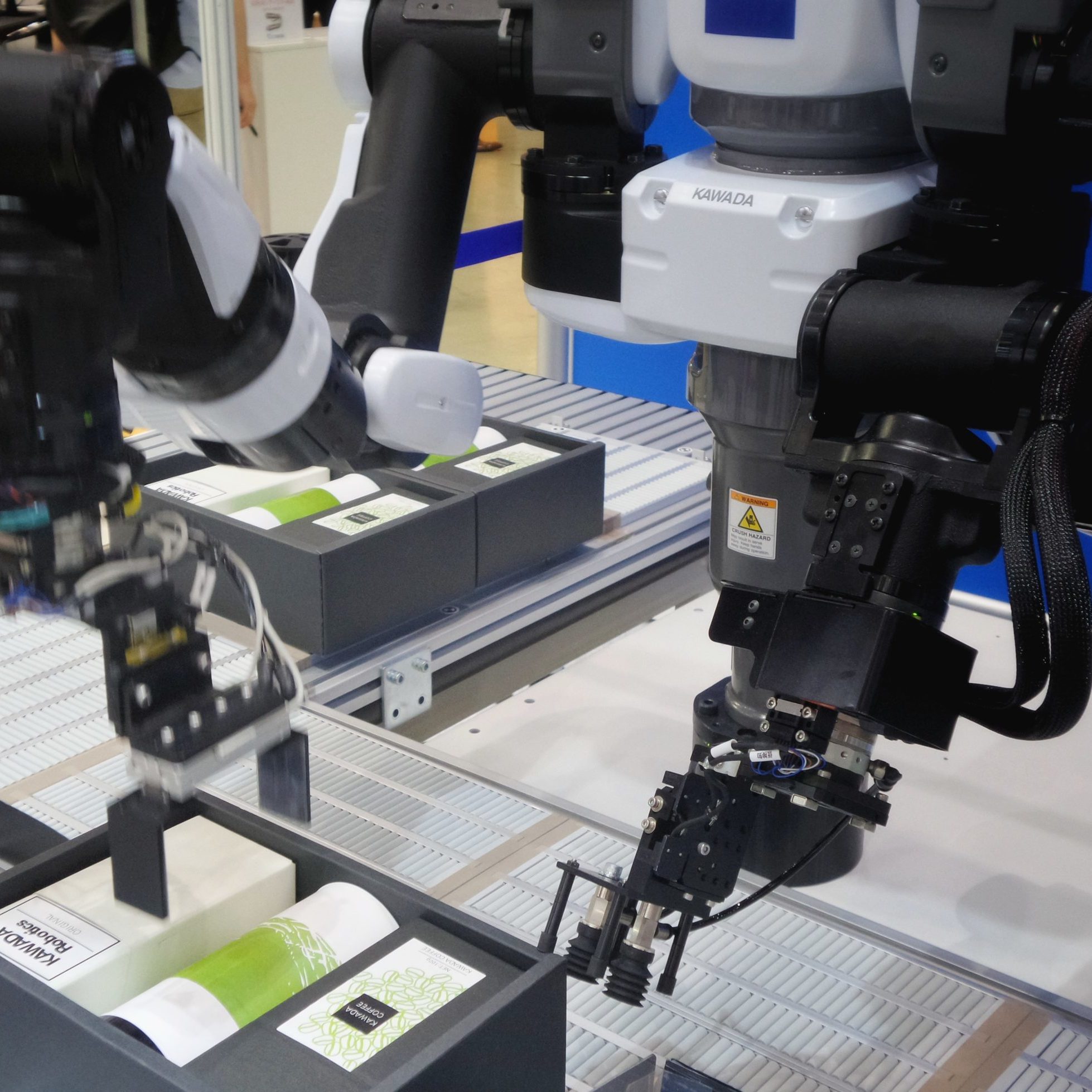Training Objectives
Over the last 20 years, exoskeletons have gained an increasing amount of attention as an assistive device to help people with spinal cord injury stand up and walk again. While this cutting-edge technology can have many applications - for example, in military or industrial settings - this course focuses on the use of powered exoskeletons in the medical field, specifically for people with spinal cord injury. Each year, between 250,000 and 500,000 people worldwide suffer from spinal cord injury. Amongst many possible symptoms, this may result in a loss of motor control in large parts of the body, including the legs. The course is open to anyone interested in exoskeletons for the medical or technological field. This includes, but is not limited to, people who: are eager to learn about exoskeleton technology; are university students interested in medical or technological topics; are working in a non-biomechanical field and are simply enthusiastic about exoskeleton technology; have some experience of working on a biomechanical project. The course delivers a complete overview of all aspects of exoskeleton technology. Topics range from the health benefits of exoskeletons and the importance of co-creation with the user, to mechanical structure and developing 'smarter' exoskeletons. You will strengthen your analytical and creative mindset by designing solutions to given problems and by analyzing current challenges in the field of exoskeleton technology. Through discussions with fellow participants, you will form your own vision about the future of exoskeletons. This course is developed by and uses examples from Project MARCH: the exoskeleton-building team consisting of students from TU Delft. This team consists of around twenty-five students from different disciplines who volunteer to participate in the project over the course of a full year. Drawing from their hands-on experience and the knowledge gained while researching, designing and building different exoskeletons over the years, they are ideally placed to provide you with a complete online course covering the design, use and future challenges of letting people with spinal cord injury walk again.Training Contents
Understand the role of exoskeletons in paraplegia induced by Spinal Cord Injury. Compare existing exoskeletons and employ them as inspiration for future design. Understand the interaction between humans and machines. Apply analytical and creative thinking to design questions. Perform basic calculations relevant to exoskeleton design and performance. Understand the importance of balance and methods applied to achieve balance in exoskeletons.Digital Innovation Hubs
Technology
- Robotics
Technique
- Presentation
Channel
- MOOC
Technology Absortion Cycle
- Configuration
- Implementation
Target Group
- Other
Instruction Level
- Foundation
- Intermediate
Sector
- Others:
Education Level
Capacity
- More than 20
Details
Date: Future dates to be announced
Durations: +7 days
Price: Free | Earn certificate for $50

Project
Delft University of TechnologyCountries where training is provided
NetherlandsCities where training is provided
DelftLanguages this training can be provided
English

Views: 348 views

